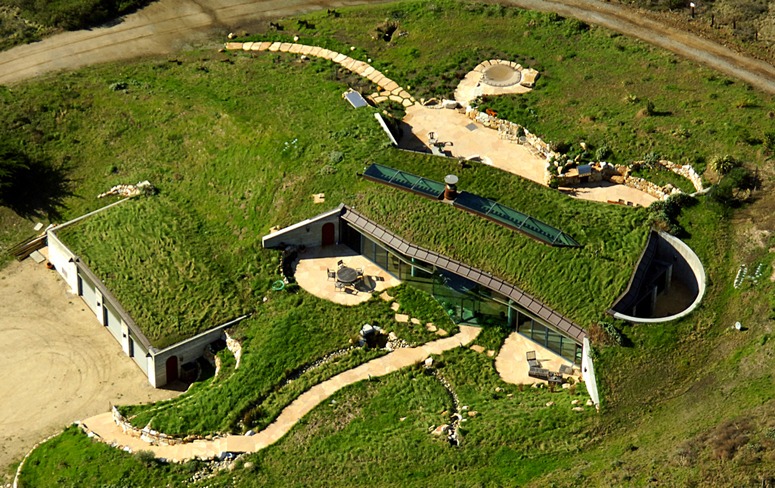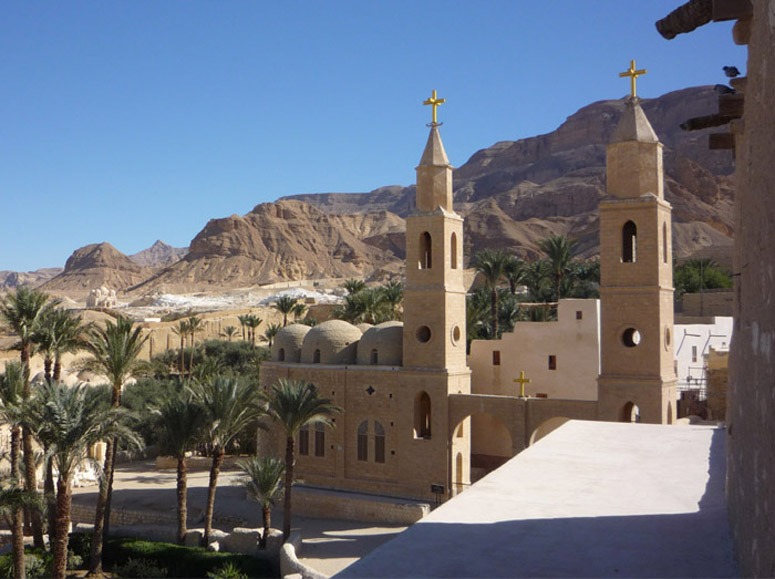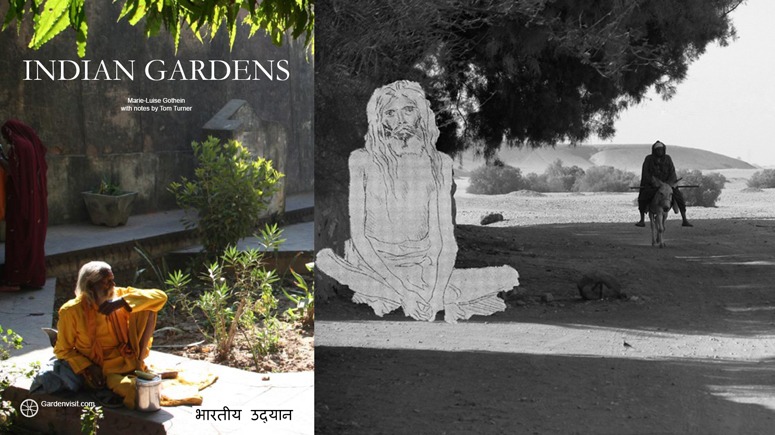 If the Parisian plan to build a replica of the Sydney Opera House goes ahead half the world will be able to save their airfare to Australia and visit the Opera House and the Effiel Tower simultaneously. Perhaps Sydney need only build an Effiel Tower on the harbour and Australians will have no need of a trip to Paris?
If the Parisian plan to build a replica of the Sydney Opera House goes ahead half the world will be able to save their airfare to Australia and visit the Opera House and the Effiel Tower simultaneously. Perhaps Sydney need only build an Effiel Tower on the harbour and Australians will have no need of a trip to Paris?
Still, the Opera House undeniably looks good wherever you build it. You can’t blame the Parisians for their good taste!
Perhaps an enterprising young Australian or Danish architect will suggest to the French that they can come up with an original design that will do for the Seine River what the Opera House has done for the harbour in Sydney…..
The city of Graz in Austria has made a low-key addition to the River Mur. While the Brazilian architects Architectum have designed a mobile gallery for the Thames.
As for landscape design? Well tree-lined rivers are not always a priority.





